
Planning Presentations for Technology Product Launches
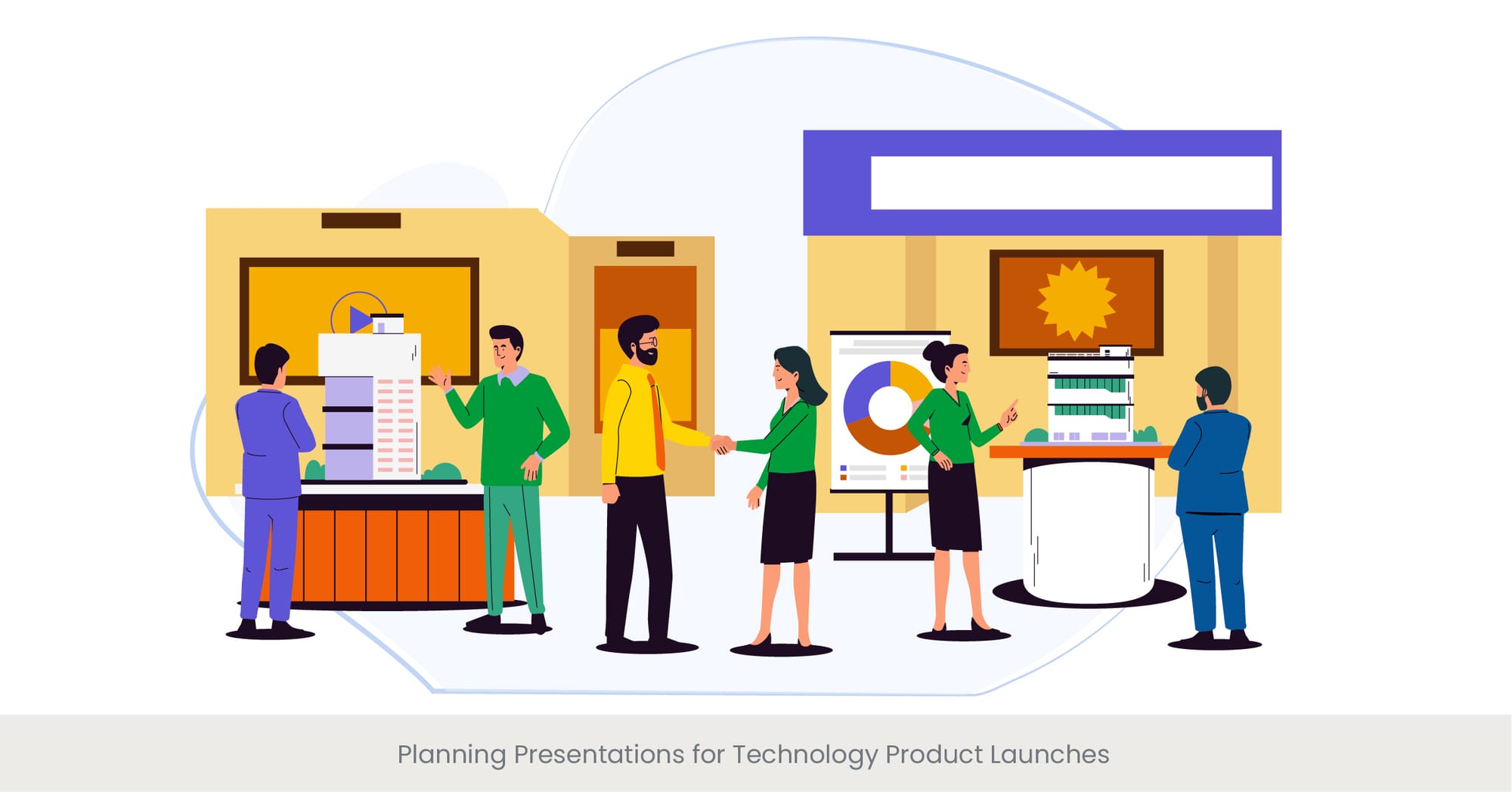
Creating a Blueprint for Success
The process of unveiling cutting-edge technology through presentations is an art and science intertwined, requiring meticulous planning and a deep understanding of your audience. A laptop launch presentation, for instance, is not merely about showcasing the device's specifications but rather conveying its potential impact on users' lives. The initial step involves identifying the core message and the unique selling points of the product. Whether it's a revolutionary smart home device launch keynote or a camera launch presentation, the essence lies in highlighting how these innovations redefine existing paradigms.
The Foundation of Engaging Presentations
Understanding the historical context and evolution of technology presentations is crucial. From the iconic first iPhone launch keynote, which set a new benchmark for tech reveals, to the more recent wearable technology launch keynote, the progression reflects a shift towards more interactive and audience-centric formats. This evolution underscores the importance of tailoring presentations to not just inform but also captivate. It involves a strategic blend of storytelling, visual aesthetics, and live demonstrations to transform a traditional laptop launch keynote into an immersive experience.
Illustrating Through Milestones
Real-world examples serve as the most compelling testimonials to the effectiveness of well-planned presentations. Consider the impact of a television launch presentation that leverages virtual reality to transport viewers into different scenarios, demonstrating the TV's superior image quality and immersive experience. Such innovative approaches not only showcase the product's features but also its application in real-life settings, significantly enhancing viewer engagement and interest. Similarly, the use of augmented reality in a smartphone launch keynote can offer attendees a hands-on experience, even in a virtual format.
Empirical Evidence and Expert Opinions
Research and studies highlight the critical role of engaging presentations in the success of technology product launches. According to industry analyses, presentations that effectively demonstrate technical features and potential use cases can significantly influence purchase intent. For instance, a survey revealed that presentations incorporating interactive elements like live demos and audience participation led to a 50% increase in attendee interest in the product. Moreover, insights from tech influencers and thought leaders emphasize the importance of clarity, engagement, and relevance in presentations to resonate with both early adopters and the broader market.
Demonstrating Technical Features in an Accessible Manner
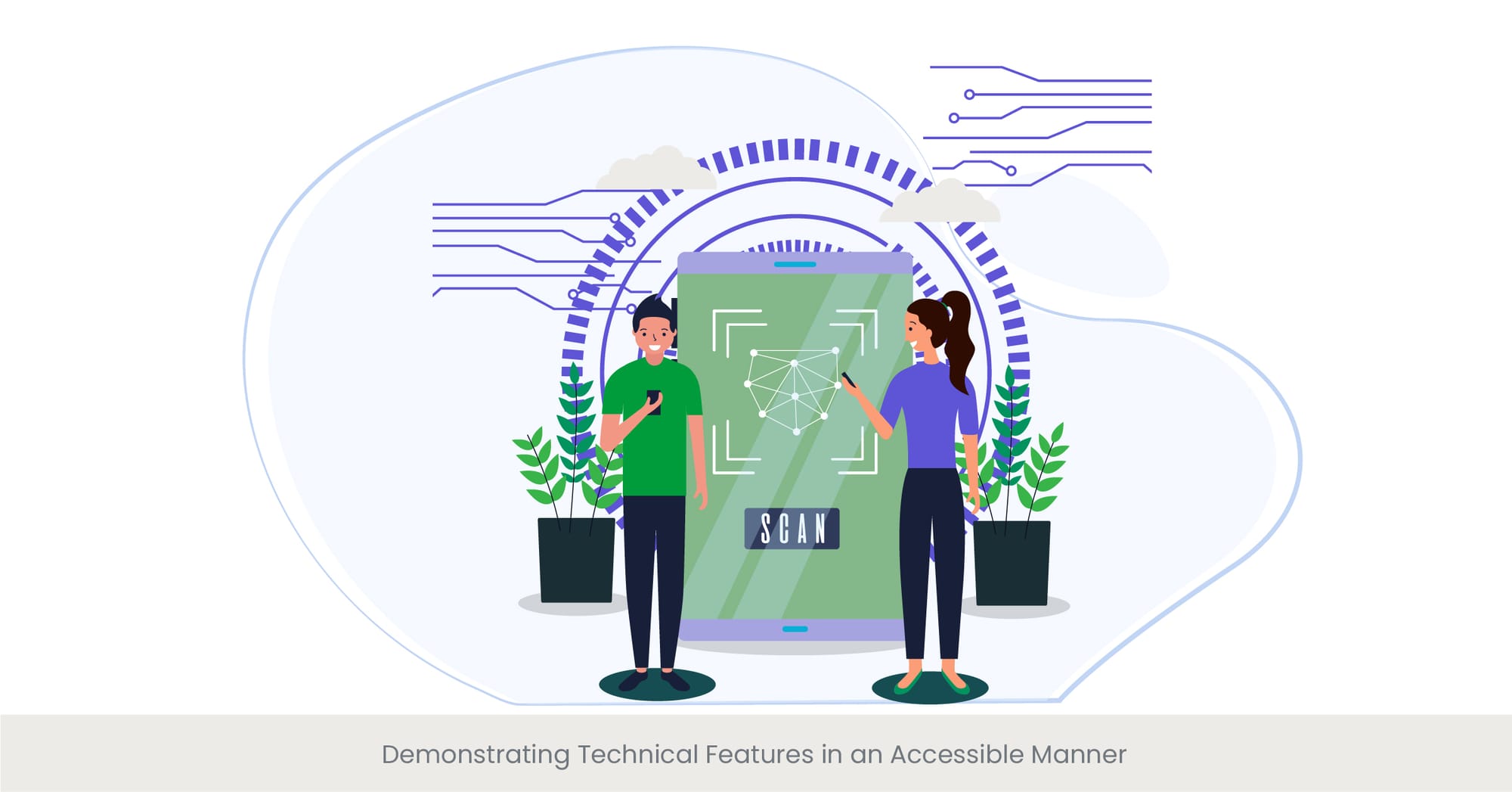
Bridging Complexity and Comprehension
The crux of a successful technology product launch, be it a smartphone launch keynote or a wearable technology launch presentation, lies in demystifying complex technical features for a diverse audience. The challenge is to translate sophisticated technology into accessible language without diluting its innovative essence. For instance, when introducing a new camera launch keynote, it’s pivotal to convey the camera's advanced features—such as its sensor size, pixel count, and lens quality—in terms that resonate with both professional photographers and casual users alike.
Historical Context and Evolutionary Insights
The evolution of technology presentations reveals a significant shift towards more interactive and user-friendly formats. Early television launch presentations, for example, focused heavily on technical specifications. In contrast, contemporary approaches emphasize user experience, showcasing how the technology enhances daily life. This transition underscores the importance of understanding the audience's level of technical expertise and tailoring the presentation accordingly. It's about striking the perfect balance between technical depth and accessibility.
Real-World Applications and Success Stories
The effectiveness of an accessible presentation style is best illustrated through case studies of landmark product launches. A notable example is the launch of smart home devices, where presentations successfully highlighted the practical benefits—such as energy savings, security enhancements, and convenience features—in an engaging manner. These presentations often employ real-life scenarios and user testimonials to paint a vivid picture of how the technology integrates seamlessly into everyday life, thereby making technical features more relatable and understandable to the audience.
Validation Through Research and Expertise
Studies have shown that presentations that effectively communicate technical features in an accessible manner can significantly enhance audience comprehension and product reception. A survey indicated that attendees of a laptop launch presentation, which utilized simplified technical descriptions and interactive demos, reported a 30% higher understanding of the product's capabilities compared to those who attended more technically dense presentations. Furthermore, expert commentary from tech influencers often highlights the importance of clarity and relatability in presentations, underscoring the need to engage the audience by breaking down complex technologies into digestible insights.
Building Hype Around Innovative Features
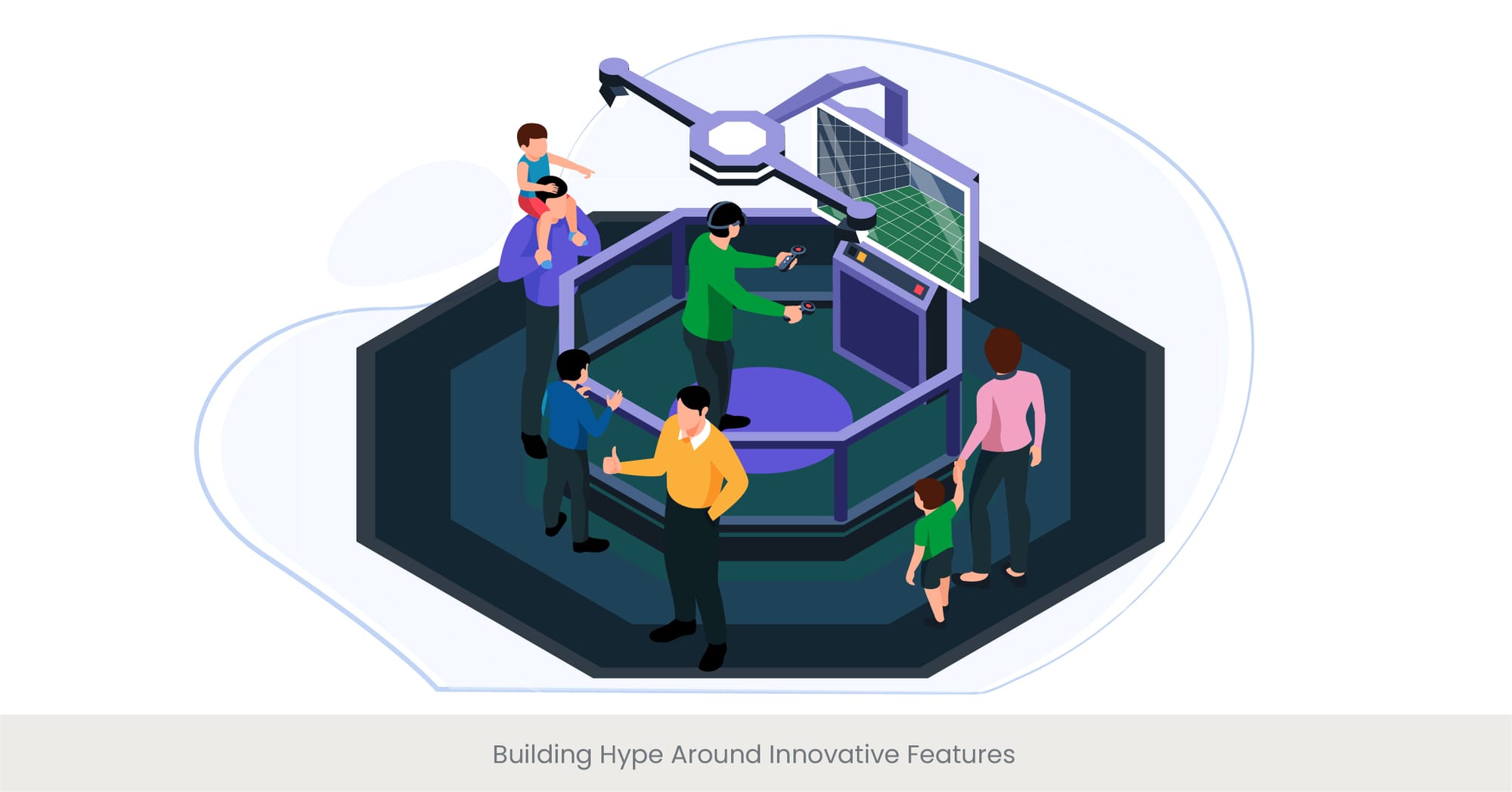
Igniting Anticipation Through Innovation
The allure of a new technology product, whether it's the latest smartphone launch keynote or an eagerly awaited smart home device launch presentation, often lies in its innovative features. Building hype is not merely about listing these features; it's about creating a narrative that resonates with the audience's aspirations and curiosities. For example, highlighting the transformative potential of a laptop launch presentation—such as its ability to augment reality or harness AI for personalized computing—can spark imagination and anticipation, making the audience eager to explore and adopt the new technology.
A Glimpse into the Evolution of Hype Creation
The trajectory of technology presentations has evolved from straightforward feature lists to dynamic storytelling that captivates and engages. This shift reflects a deeper understanding of consumer psychology and the elements that trigger excitement and anticipation. Early television launch presentations might have focused on the technological leap itself, but modern strategies emphasize the experiential impact—how the device changes the way users consume media, interact with content, or even perceive the world around them.
Success Stories: From Concept to Cult Following
The most successful tech launches have managed to transform innovative features into cultural phenomena. Consider the buzz created by the initial reveal of wearable technology. These presentations didn't just talk about the technical specifics; they painted a vision of a future where technology becomes an integral, seamless part of daily life. By showcasing potential applications—like fitness tracking, mobile notifications, or even mobile payments—these launches tapped into existing desires for convenience, connectivity, and wellness, thereby building substantial hype and anticipation.
Empirical Insights and the Power of Influence
Research underscores the significant impact of well-crafted hype on consumer interest and product success. A study on consumer behavior revealed that presentations leveraging emotional engagement—through storytelling, visual cues, and relatable scenarios—substantially increased desire and intent to purchase. Additionally, leveraging the reach and credibility of tech influencers and thought leaders to highlight innovative features can amplify anticipation. Their endorsements help validate the technological advancements and can convert skepticism into excitement, further fueling the hype around new product launches.
Engaging Early Adopters and Tech Enthusiasts
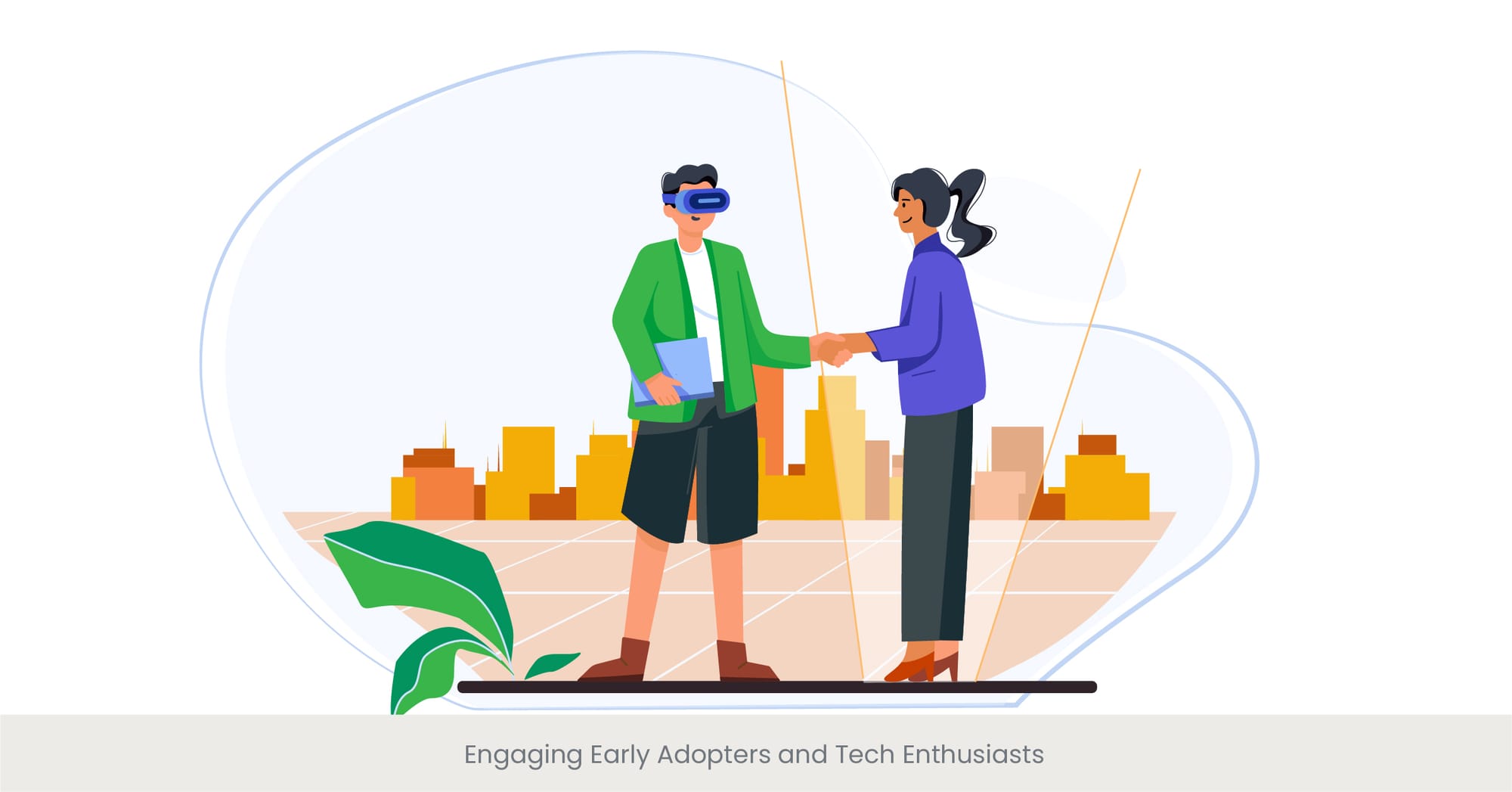
Cultivating a Community of Innovators
Early adopters and tech enthusiasts are not just consumers; they are pioneers and evangelists of new technology. Engaging this discerning audience goes beyond traditional marketing tactics—it requires an authentic connection to their passion for innovation. For instance, a smartphone launch keynote that unveils groundbreaking features, such as an advanced camera system or a novel interface, needs to resonate with these users' desire to be at the cutting edge. By emphasizing how the new device pushes the boundaries of what's possible, companies can foster a sense of exclusivity and belonging among early adopters.
The Evolution of Engagement Strategies
The landscape of engaging tech enthusiasts has transformed significantly with the digital age. In the past, engagement might have been limited to tech expos and print magazines. Today, it encompasses a wide array of digital platforms, from social media to specialized tech forums, where enthusiasts gather to share their passion. A successful laptop launch presentation, for example, now extends beyond the event itself into online communities where users can discuss, debate, and disseminate information, thus amplifying the product's reach and appeal.
Showcasing Real-World Impact Through Case Studies
The effectiveness of engaging early adopters is often best demonstrated through case studies of product launches that have successfully captured their imagination and loyalty. A memorable wearable technology launch keynote might highlight user testimonials that showcase the device's impact on daily life, from health monitoring to enhancing productivity. These real-life applications not only provide validation but also spark discussions among tech communities, further driving interest and anticipation.
Leveraging Insights and Influencers to Drive Engagement
Research indicates that early adopters place a high value on innovation and personal relevance when deciding to embrace new technology. Engaging this audience effectively, therefore, involves highlighting how a product's innovative features address their needs and aspirations. Collaborating with tech influencers and thought leaders who share their audience's values can significantly enhance credibility and interest. Influencers can offer authentic insights into the product's potential, making the technology feel more accessible and must-have to their followers.
Utilizing Live Demos and Interactive Experiences
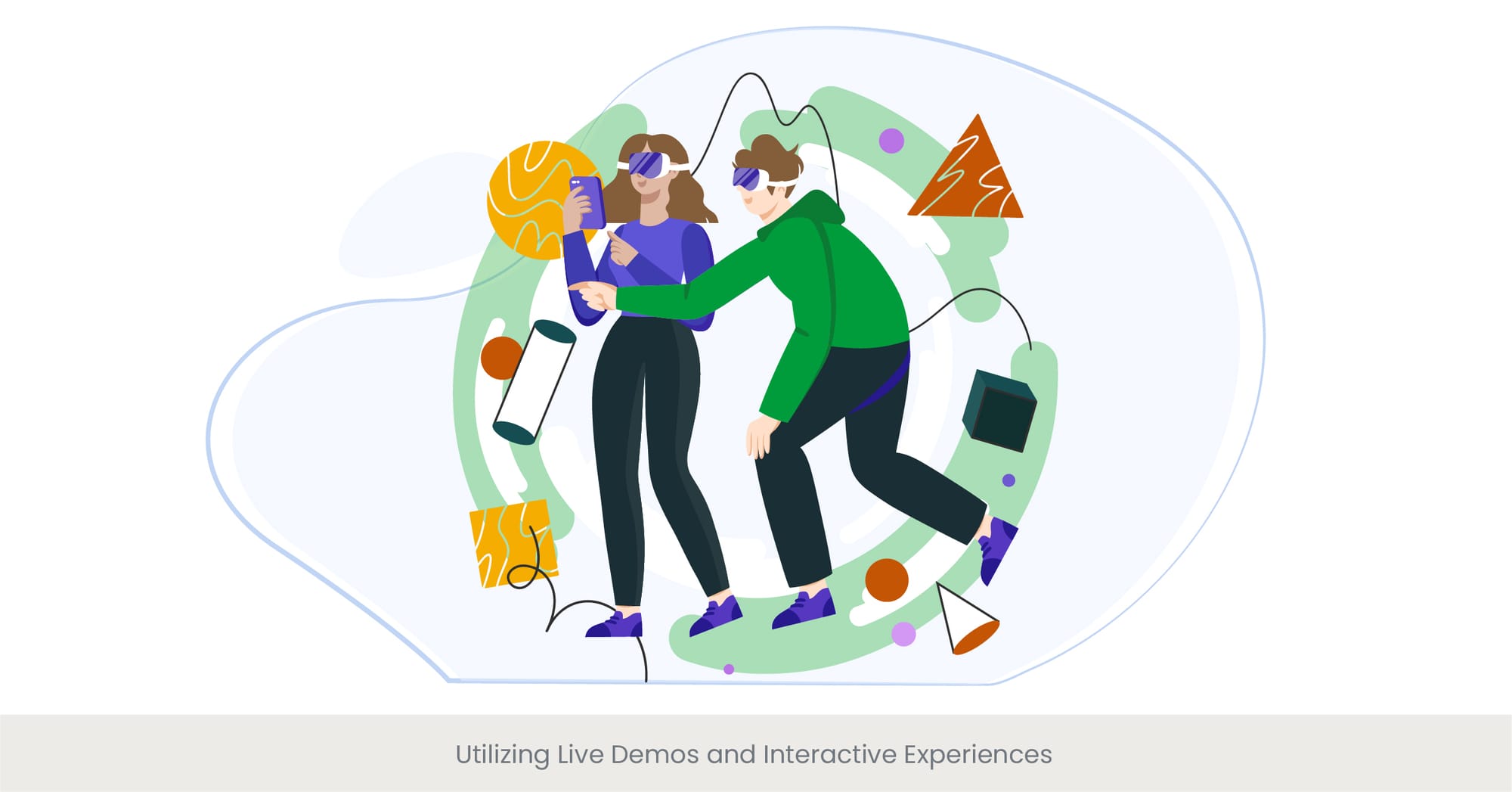
Bringing Innovations to Life
The essence of an impactful technology product launch lies in its ability to transform abstract concepts into tangible experiences. Live demos and interactive experiences serve as the bridge between potential users and the technology, offering them a firsthand look at its capabilities and benefits. For instance, during a wearable technology launch presentation, allowing attendees to interact with the device can dramatically enhance their understanding and appreciation of its features. This hands-on approach not only demonstrates the product's value in real-time but also builds a deeper emotional connection with the audience.
Evolution from Passive Viewing to Active Participation
The trajectory of technology presentations has seen a significant shift from passive viewing experiences to active engagement. In the past, audiences would typically receive information through static slides or verbal descriptions. Today, the trend leans towards interactive sessions, where participants can use the product, ask questions in real-time, and even influence the presentation's flow. This evolution reflects a broader understanding of engagement psychology, recognizing that hands-on interaction leads to better retention and a more favorable impression of the technology.
Illustrative Case Studies and Success Stories
Examining successful product launches that utilized live demos can offer valuable insights into best practices. A notable example is the launch of a new smartphone, where live demonstrations of its camera's capabilities in various lighting conditions vividly showcased its superiority. Similarly, smart home device presentations often incorporate live scenarios that simulate real-life applications, such as voice-activated home automation, to illustrate the device's practical benefits. These examples underscore the power of live demos in making technology relatable and compelling to the audience.
Corporate event presentations are key to engaging stakeholders and communicating a company’s mission, vision, and future plans. Whether it’s a quarterly review or an annual conference, these presentations need to captivate the audience and convey key business insights in an easy-to-understand format. Professional design helps leave a lasting impact.
Special event presentation design is essential for creating memorable and immersive experiences. Whether it’s a gala, fundraiser, or milestone celebration, the visuals need to match the tone and significance of the event. Thoughtful design elements enhance storytelling, providing attendees with a powerful emotional connection to the occasion.
Supporting Data and Expert Opinions
Research supports the effectiveness of incorporating live demos and interactive experiences in product presentations. Studies have shown that audiences are more likely to remember and feel positively about products they've interacted with, compared to those they've only seen or heard about. Moreover, feedback from tech influencers and thought leaders often highlights the importance of engagement and interactivity in presentations. They argue that allowing the audience to experience the product firsthand not only enhances understanding but also fosters a sense of community and excitement around the launch.
Strategies for Handling Technical Questions

Engaging with Curiosity: The Key to Enlightening Technical Discussions
When unveiling cutting-edge technology through impactful presentations, one of the most pivotal moments occurs when the floor opens for technical questions. This is not just a test of the presenter's knowledge but an opportunity to deepen the audience's understanding and enthusiasm for the technology. The introduction of a new device, be it a laptop launch presentation or a smartphone launch keynote, is as much about conveying its technological marvels as it is about fostering an environment where curiosity thrives. Addressing technical questions effectively requires a deep knowledge of the product, an understanding of its application in real-world scenarios, and the ability to communicate complex information in an accessible manner.
Building a Foundation: Understanding the Tech Behind the Scenes
Before stepping into the spotlight, it’s crucial for presenters to immerse themselves in the background information of the technology they're showcasing. This preparation goes beyond memorizing specifications or rehearsing key points; it involves a comprehensive understanding of the development process, the challenges overcome, and the technological advancements that set the product apart, such as those found in wearable technology launch presentations. Knowledge of historical milestones in technology and the evolution of similar devices adds depth to the presentation, allowing the speaker to handle inquiries with authority and context.
Illuminating with Examples: Real-World Applications and Trends
To truly bring a presentation to life, incorporating real-world examples, current trends, and case studies is invaluable. For instance, illustrating how a smart home device launch keynote can revolutionize daily living, or highlighting the precision a new camera launch presentation brings to photography, makes the technology relatable and compelling. Discussing recent advancements, such as the integration of AI in devices, not only showcases the product’s innovative features but also its relevance and potential impact on future developments.
Establishing Credibility through External Validation
Referencing external sources, including technological studies, industry reports, and reviews, plays a critical role in validating the information shared during the presentation. Citing statistics and findings from reputable sources can reinforce the product's significance and its place within the broader technological landscape. For example, citing the anticipated viewership numbers for a television launch presentation, or the projected market share for a new laptop launch keynote, can provide a solid foundation for understanding the product's potential impact. Utilizing these references not only strengthens the presenter's credibility but also offers the audience a more rounded perspective on the technology being introduced.
Leveraging Tech Influencers and Thought Leaders

Amplifying Launch Impact through Influencer Engagement
The collaboration with tech influencers and thought leaders represents a strategic pivot in the presentation of cutting-edge technology. Whether it's a laptop launch keynote or a smart home device launch presentation, involving respected voices in the tech community can transform the launch from a simple product introduction to a notable industry event. The initial step involves identifying influencers whose technological insight and audience align with the product's target market. This partnership can range from guest appearances during the presentation to social media endorsements, leveraging their credibility to foster trust and excitement around the new technology.
Backstory and Vision: Connecting through Shared Passions
Involving tech influencers and thought leaders goes beyond mere name-dropping or endorsements; it's about sharing a common vision for the future of technology. By integrating these individuals into the narrative of the product's development—highlighting their insights, experiences, or contributions to the technology's evolution—the presentation gains depth and authenticity. For instance, a television launch keynote could feature a thought leader discussing the future of home entertainment, or a wearable technology launch presentation might include a health tech influencer speaking on the impact of wearable devices on personal health monitoring.
Real-World Validation and Applications: Influencers as Case Studies
One of the most compelling ways to incorporate influencers and thought leaders into technology presentations is by presenting them as case studies or success stories. This approach demonstrates the practical applications and potential of the technology in real-life scenarios. An influencer could share their experience with a new camera launch, detailing how it enhanced their photography, or a tech blogger could recount their use of a newly launched smartphone, focusing on unique features that improved their daily workflow. These tangible examples, presented by familiar faces, significantly enhance the relatability and appeal of the technology.
Influencer Insights: Harnessing External Perspectives for Credibility
Citing studies, articles, or reports authored by tech influencers and thought leaders adds an authoritative layer to the presentation. When discussing the impact of a new device, referencing a well-respected influencer's forecast or analysis can provide a broader industry perspective, situating the product within ongoing technological trends and future possibilities. For instance, mentioning a thought leader's views on the integration of AI in smart home devices, or citing statistics from an influencer's report on the adoption of wearable technology, can bolster the presentation's credibility and depth.
Virtual Launch Events and Webinars
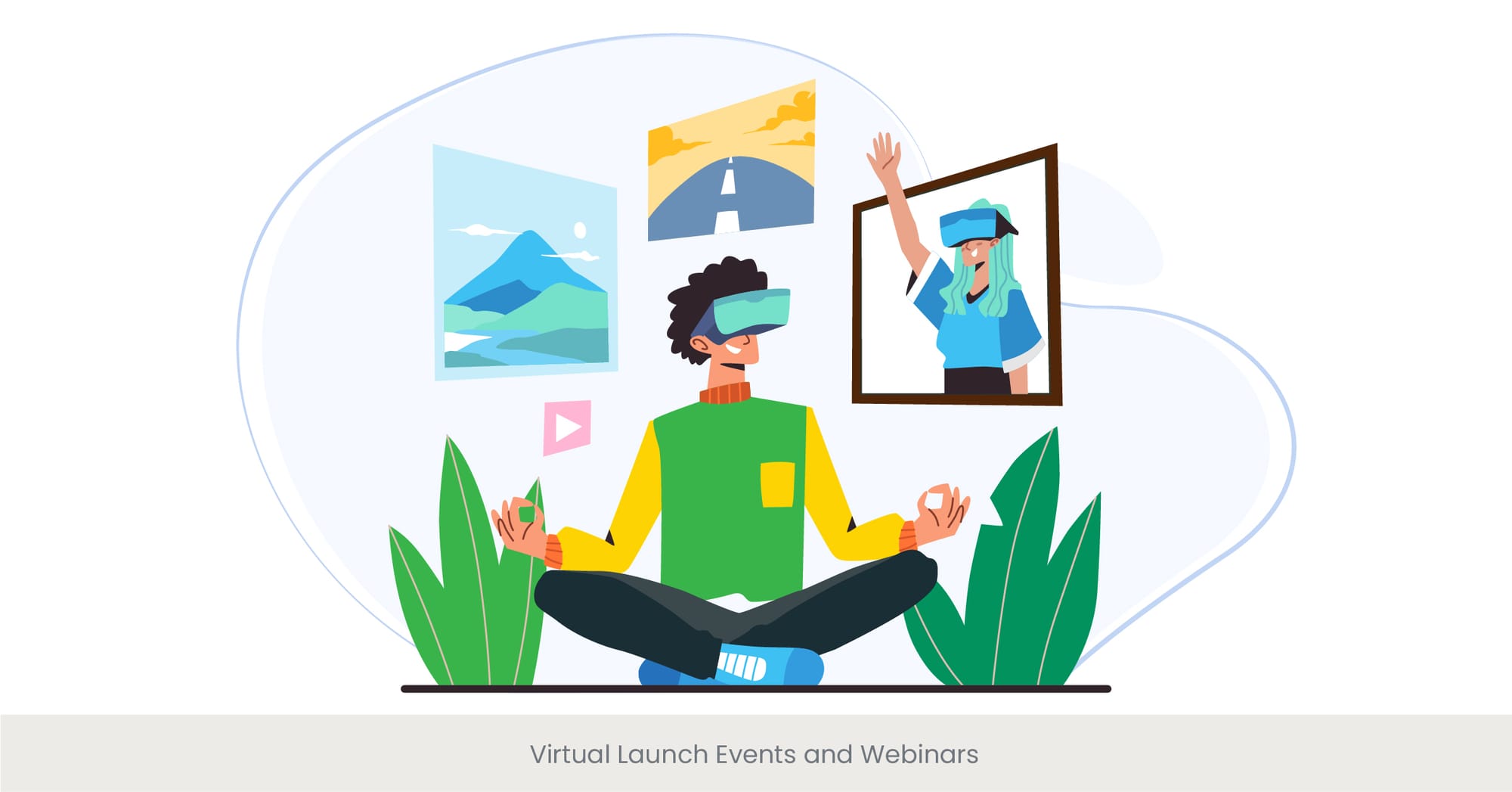
Redefining Product Launches in the Digital Age
The shift towards virtual launch events and webinars has fundamentally changed the landscape of technology presentations. This transition offers an unparalleled opportunity to reach a global audience, eliminating geographical and physical barriers that traditionally limited attendance. Virtual events cater to a wide array of products, including everything from a high-stakes laptop launch presentation to an intimate wearable technology launch keynote. The key advantage lies in the ability to create a customizable and scalable event experience, where engagement, interactivity, and audience participation can be finely tuned to suit the product and target demographic.
Product unveiling presentations are designed to generate excitement and anticipation for a new release. These presentations focus on showcasing the product's key features, benefits, and unique selling points in a visually striking format. Effective design elevates the excitement, ensuring that your product’s debut is memorable and impactful.
Crafting Immersive Virtual Experiences
The backbone of a successful virtual launch lies in its ability to immerse and captivate the audience. Unlike physical events, virtual launches must compete with the myriad distractions of the online environment. To overcome this, organizers are tasked with creating compelling content that leverages multimedia elements—such as high-definition videos, interactive 3D product models, and live demonstrations. For instance, a camera launch presentation can include virtual tours of the device’s features, while a smart home device launch might feature live interactions with the technology in real-world scenarios. This multimedia approach not only keeps viewers engaged but also allows them to experience the product's features in a more dynamic and impactful way.
Leveraging Engagement Tools for Interactive Communication
Interactivity is a cornerstone of effective virtual launches. Webinars and online events are equipped with a variety of tools designed to facilitate real-time interaction between the presenters and the audience. Live Q&A sessions, polls, and chat features encourage attendees to participate actively, making the event more engaging and informative. For example, during a television launch keynote, viewers could vote on the features they find most appealing, or during a smartphone launch, they might submit questions about the device’s capabilities. These interactions not only boost engagement but also provide valuable feedback and insights to the presenting company.
Measuring Success Through Advanced Analytics
One of the most significant benefits of virtual launch events is the ability to collect and analyze detailed attendee data. This analytics capability goes beyond mere viewer counts, delving into engagement metrics such as session duration, interaction rates, and viewer demographics. These insights allow companies to gauge the effectiveness of their presentation, understand audience preferences, and identify areas for improvement in future launches. Additionally, post-event analytics can help in measuring the direct impact of the launch on product interest, inquiries, and pre-orders, offering a concrete assessment of the event’s success in driving technology adoption.
Success Metrics for Technology Product Launches
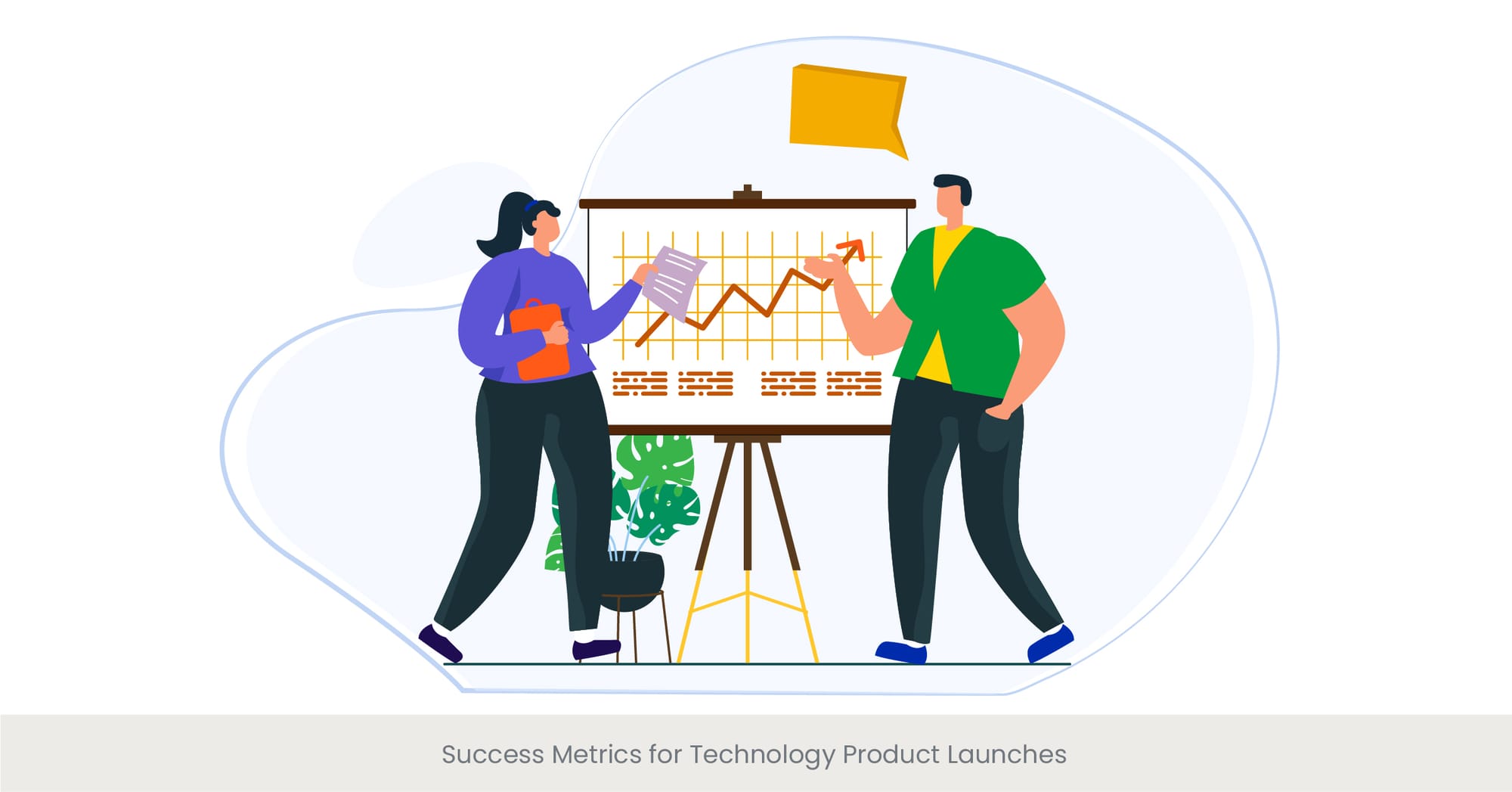
Defining Success in the Digital Marketplace
In the fast-paced world of technology, the success of a product launch is not merely about the initial buzz—it's about lasting impact and measurable achievements. Determining the success of a product launch requires a comprehensive set of metrics that go beyond surface-level indicators like attendance numbers or social media mentions. These metrics provide insights into the effectiveness of the launch strategy, audience engagement, market penetration, and ultimately, the product's position in the competitive landscape. For instance, a television launch keynote's success might be measured by subsequent viewer ratings and sales figures, while a wearable technology launch presentation might focus on pre-order numbers and market share growth.
Key Performance Indicators (KPIs) for Launch Success
Identifying the right KPIs is crucial for assessing the effectiveness of a product launch. These indicators might include sales data, website traffic, social media engagement, press coverage, and customer feedback. Sales data, for instance, offers a direct reflection of market demand following a laptop launch presentation. Website traffic and social media analytics can reveal the reach and engagement levels of the launch, indicating how effectively it captured the target audience's attention. Press coverage and customer feedback, on the other hand, provide qualitative insights into the product's reception and perceived value. Together, these KPIs paint a comprehensive picture of the launch's impact, guiding future strategies and improvements.
Engagement Metrics: Understanding Audience Interaction
Engagement metrics are pivotal in evaluating the immediate response to a product launch. These metrics, such as time spent on a launch webpage, interaction rates during a virtual event, and social media shares, highlight the audience's interest and involvement. For example, high interaction rates during a smart home device launch webinar may signal strong consumer interest in the technology's practical applications. Similarly, social media activity surrounding a camera launch presentation can gauge public excitement and anticipation. These metrics not only assess the effectiveness of the presentation's content and delivery but also its ability to inspire action among viewers.
Long-Term Impact: Assessing Market Adoption and Brand Perception
Beyond immediate launch outcomes, long-term metrics are essential for understanding the product's endurance in the market and its influence on brand perception. These include sustained sales growth, customer retention rates, and shifts in brand sentiment. Tracking these metrics over time can reveal whether a smartphone launch keynote effectively translated initial interest into ongoing demand and customer loyalty. Additionally, changes in brand perception following the launch provide insights into the broader impact of the product on the company's image, highlighting opportunities for brand positioning and future product development.
Case Studies: Memorable Tech Product Reveals
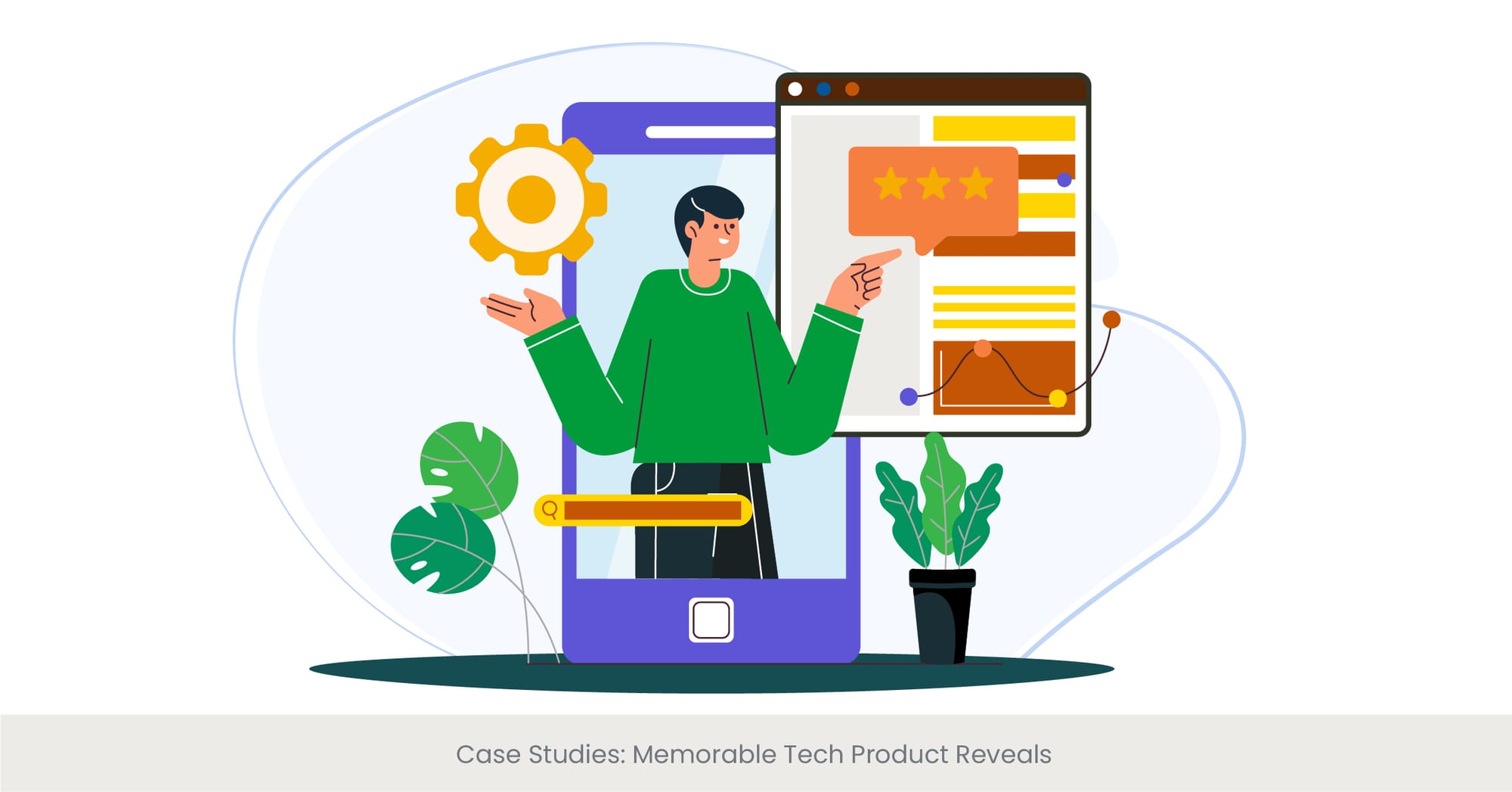
The Revolution of Smartphone Launches: A Case Study on Impact and Innovation
One of the most iconic tech product reveals in history was the introduction of the first iPhone. This event set a precedent for how technology could be presented, transforming a simple product launch into a cultural phenomenon. The iPhone's reveal demonstrated the importance of storytelling in a presentation, with Steve Jobs masterfully introducing the smartphone as a revolutionary device that combined a phone, an iPod, and an internet communicator. This launch not only showcased the product's innovative features but also communicated its potential to redefine everyday life. The success metrics from this launch went beyond immediate sales; it fundamentally shifted consumer expectations for mobile technology and set a new benchmark for future technology presentations.
Wearable Technology Takes Center Stage: A Launch That Redefined Personal Devices
The unveiling of the first smartwatch by a leading tech company marked a significant moment in the evolution of wearable technology. This event was characterized by a keen focus on how wearable devices could seamlessly integrate into daily life, offering both functionality and style. The presentation leveraged live demonstrations, user testimonials, and a clear narrative on the potential of wearable technology to enhance health, communication, and personal efficiency. Success metrics for this launch included immediate pre-order numbers, which broke records for the category, and the long-term establishment of wearables as a staple in the technology ecosystem.
A New Era for Home Entertainment: The Smart TV Launch
The launch of smart TVs by various electronics giants brought the future of home entertainment into the present. These events were notable for their emphasis on the integration of internet connectivity, streaming services, and interactive features, offering a glimpse into a new era of television. The presentations often featured live demonstrations of voice commands, app integration, and personalized viewing experiences, showcasing the smart TV's role as a central hub for home entertainment. Success metrics highlighted not just the spike in sales post-launch but also the role of smart TVs in accelerating the cord-cutting trend, changing how content is consumed worldwide.
Collaborator meeting presentations require a sharp focus on clarity and collaboration. These presentations often bring teams together to align on goals and strategies. High-quality visuals and clear data visualization can make a significant difference in ensuring all participants are on the same page, making progress easier.
Virtual Reality Becomes Reality: Unveiling a New Dimension in Gaming and Education
The launch of commercial virtual reality (VR) headsets was a pivotal moment for the technology industry, offering immersive experiences previously confined to science fiction. These presentations effectively conveyed the potential of VR to revolutionize gaming, education, and professional training. Through live demos and partnerships with content creators, companies demonstrated how VR could create fully immersive environments for users, opening new avenues for interaction and learning. The success of these launches was measured not only in initial sales but in the widespread adoption of VR technologies across various sectors, signaling the beginning of a new era in digital interaction.
Looking for professional presentation support?
FAQs
How to do a presentation for a new product launch?
To conduct a compelling product launch presentation, start by clearly defining the product's unique value proposition and its benefits to the target audience. Utilize engaging storytelling, high-quality visuals, and live demonstrations to showcase the product's features. Engage with your audience through interactive elements like Q&A sessions, and leverage social media and influencers to extend the reach of your presentation.
What are the steps involved in the launch of a television channel?
Launching a television channel involves several key steps: conducting market research to understand the target audience, creating a content strategy that aligns with viewer preferences, securing content and distribution rights, investing in marketing to build anticipation, and finally, launching with a compelling lineup and continuous engagement strategies to retain viewership.
What is the meaning of television presentation?
Television presentation refers to the way content is packaged and delivered to viewers, encompassing everything from the visual and audio elements to the scheduling and branding of the channel. It plays a crucial role in defining the channel's identity and attracting and retaining viewers.
When did TV start broadcasting 24 hours?
TV stations gradually began transitioning to 24-hour broadcasting in the late 20th century, with CNN being one of the first to offer round-the-clock programming starting in 1980. This shift was driven by the increasing demand for news, entertainment, and access to media content at all hours.
How do you make a smart home presentation?
Creating a smart home presentation involves highlighting the integration, convenience, and efficiency of smart home devices. Focus on demonstrating how these devices improve daily life, enhance security, and offer customizable environments. Use real-life scenarios to illustrate benefits and include testimonials or case studies for credibility.
What is the introduction of a smart home?
The introduction of a smart home refers to the concept of a connected home environment where appliances, lighting, heating, and other home devices can be remotely controlled, monitored, and interacted with via the internet, providing enhanced convenience, energy efficiency, and security.
When were smart home devices invented?
Smart home devices began to emerge in the late 20th century, with significant advancements and broader adoption occurring in the 2000s due to advancements in wireless technology and the Internet of Things (IoT).
How do you launch your presentation?
Launching your presentation effectively involves ensuring all technical aspects are in order, engaging with your audience from the start with a strong opening, clearly articulating your key messages, and utilizing visual aids and interactive elements to maintain interest and reinforce your points.
How do you present in front of a camera?
Presenting in front of a camera requires you to maintain eye contact with the lens, use clear and expressive speech, and be mindful of your body language to convey confidence and professionalism. Practice and preparation are key to delivering a polished presentation.
How do I give PowerPoint access to my camera?
To give PowerPoint access to your camera, go to your computer's privacy settings and ensure that PowerPoint is allowed to access your camera. Within PowerPoint, you can then select your camera as a video source when inserting live or recorded video content.

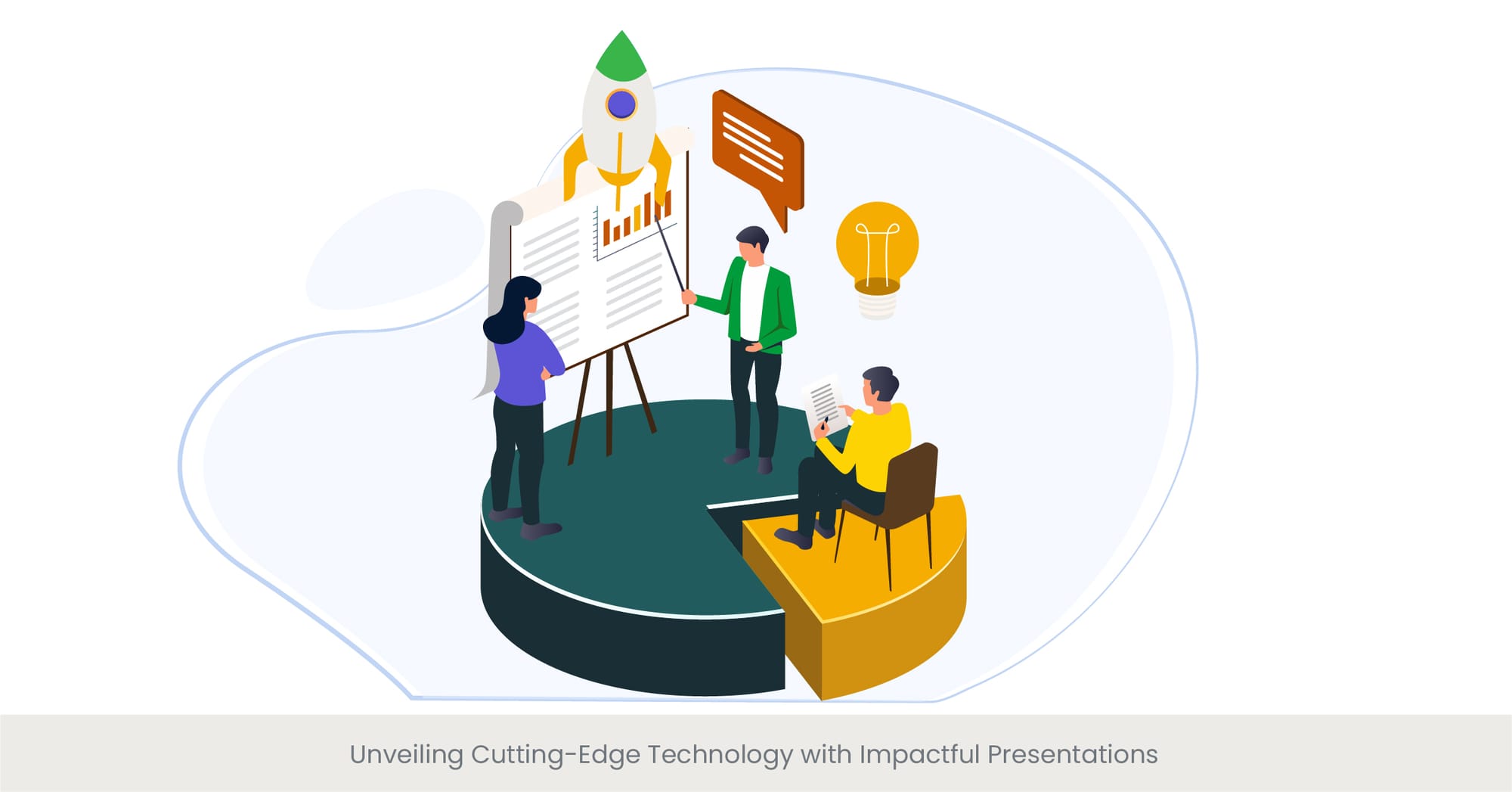

%20(1).jpg)
%20(1).jpg)


